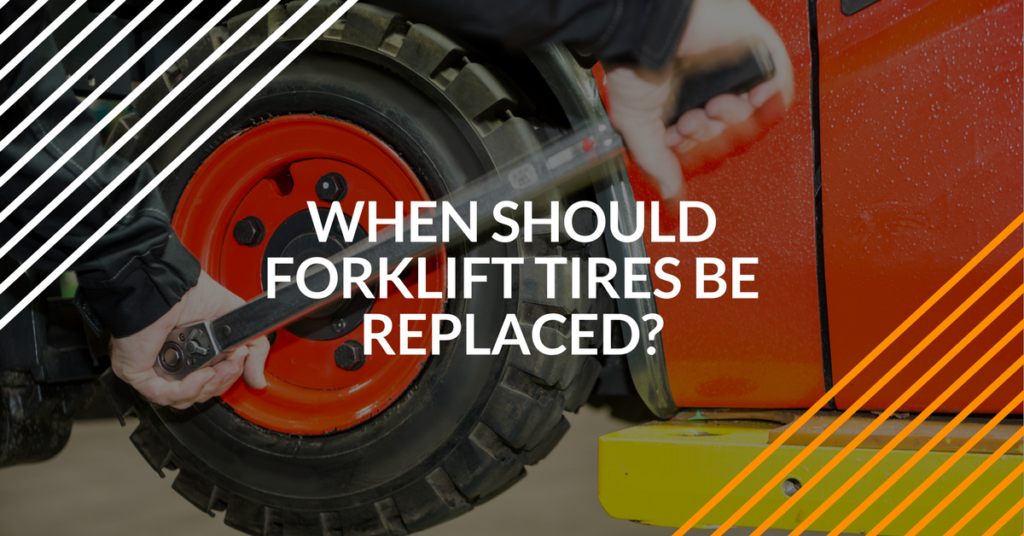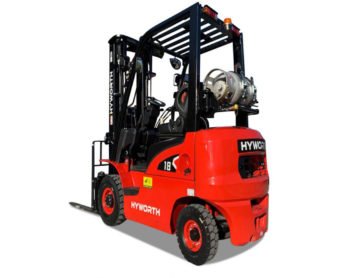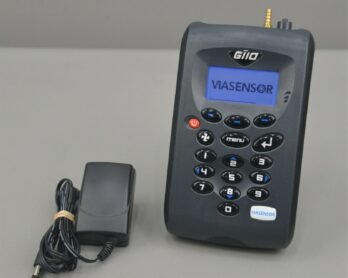Tires, the only link between your vehicle and the road are essential for safe driving. Apart from providing grip for braking and acceleration, they maintain steering and directional control. They support the weight of the vehicle and absorb vibrations from the road, making the ride smooth for the drivers. That is why dexterous Aussie Forklift drivers always keep the health of the tire in check. Using the right kind of tires for a forklift is very essential. Not only this, but the driver should also be vigilant about the signs that indicate that the forklift tires need replacement. Before approaching forklift hire Sydney, there are certain things you must know about forklift tires.
The golden 2-inch rule:
When the height of the tire reduces by 2 inches than its original height, you should consider a replacement. Generally, forklift tires are widely exposed to debris and other elements that can harm them. To adjust to their surroundings, they have to adopt a wide variety of trade patterns. If the forklift has cushion tires, balding suggests that the alignment needs fixing. The same problem can occur if the driver suddenly pulls brakes. Forklift tyres have 50% wear line. If the top of the tire is near to that line, it suggests that it is time to get new tires.
Visible damage:
The driver should replace the tire if cuts and cracks are visible on the tire. The tire can deflate due to cuts. It can lead to dire consequences such as vehicles going off balance. Similarly, cracks appear on the tire when it comes into contact with debris. If you see cracks or cuts on the tire, it is high time you replace it.
Inappropriately inflated forklift tires:
An accident might occur if forklift tires are over or underinflated. If the tires are overinflated, less surface area remains in contact with the floor resulting in less traction. In such a situation, brakes might not work and it can lead to an accident. Underinflated tires make it difficult for the driver to take smooth turns with a load. It also uses more fuel than usual. The driver should ensure that the tire has appropriate pressure. If the tires do not seem to sustain it, one should opt for replacement.
Look for the flat spots:
The forklift tires should be perfectly round-shaped. If you find any flat spot, you should consider replacing it. Some underlying issues might cause premature wear if the forklift’s condition or application is inappropriate. The driver should consider checking rims. If they are bent; they should be replaced too.
Everything you need to know about forklift tires:
Forklift tires come in three different varieties: Cushion, solid pneumatic and air-filled pneumatic.
Cushion tires: They are perfect for indoors or smooth outdoor surfaces. They are prone to punctures and thus not suitable for rough terrain. Cushion tires are made of solid rubber and directly pressed onto the wheel. It is difficult to take a long turn with cushion tires.
Solid pneumatic tires: These widely used tires are similarly designed like a cushion tire. They are a perfect fit for indoor and outdoor applications. On the paved surface, they are not as smooth as the cushion tires. These tires are expensive but long-lasting. So, you may feel that you have invested a huge amount initially but these practically indestructible tires will prove that it was worth it.
Air-filled pneumatic tires: They are very much like a car or truck tire. Made from a strong, long-lasting rubber material, air-filled pneumatic tires are ideal for rough and outdoor terrain.
Primary reasons why forklift tires fail:
Despite being long-lasting, forklift tires can fail if not properly operated by the driver. Excess Spinning, stopping, ramming, overloading, throwing into reverse and forward without slowing down can damage the tires permanently.
– If they are carelessly driven over dock plates, spiking in the plates can shred the tire.
– Poor bond construction between a steel band and rubber decreases the tire’s lifespan.
– If the forklift continues running for a long period, it may result in heating up of the tire. The tire then turns into a gel and demands replacement.
– If the surface on which the forklift is running for most of the time is uneven, it may result in wear of the tire.
– If you want tires to last long, as per your requirements, you have to choose the right type of tire.
Proper choice and appropriate use of tires can reduce avoidable maintenance costs in future.
Things to keep in mind for forklift tire safety:
Tires are often the most crucial but overlooked components of industrial forklifts. In comparison to other vehicles, forklift tires carry more load, appropriately 9600 lbs. They do not have a suspension system to disperse that weight. The tires absorb this load. That is why it is important to keep their health in check.
– When there is air pressure in the tire, do not loosen the nuts that hold inner and outer wheels halves together.
– If you want to remove the lift truck, completely remove the air pressure from the tire. Air pressure can cause the tire and wheel parts to explode. It can lead to serious injury or death. Only trained service persons should change or repair tires.
– Maintaining correct air pressure is essential for forklift tires. If the tire has less than 85% of correct air pressure, completely remove the air pressure from the tire. One should add air pressures to the tires only in a safety cage. It is important to remove the tire from the lift truck before adding air pressure.














